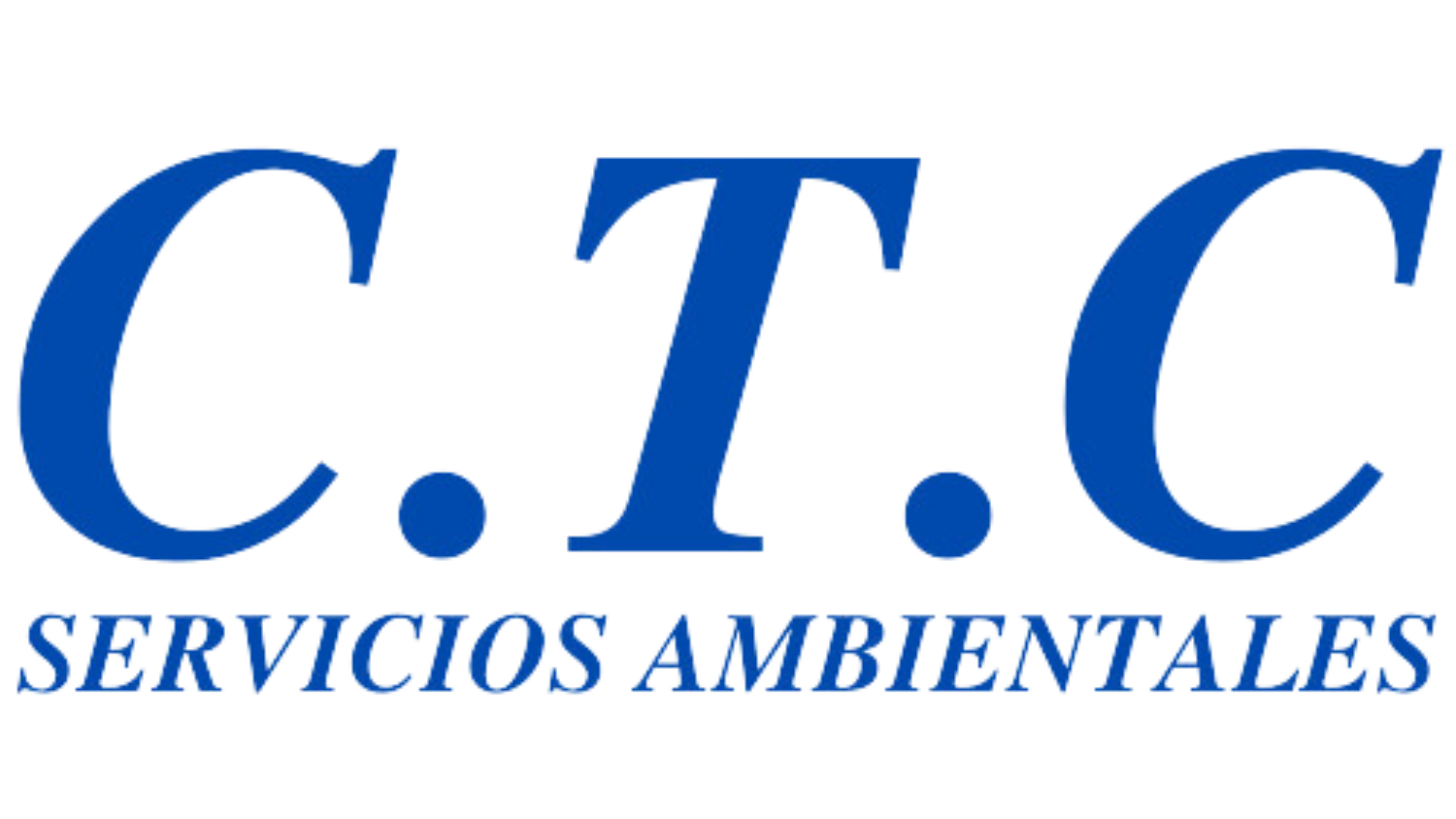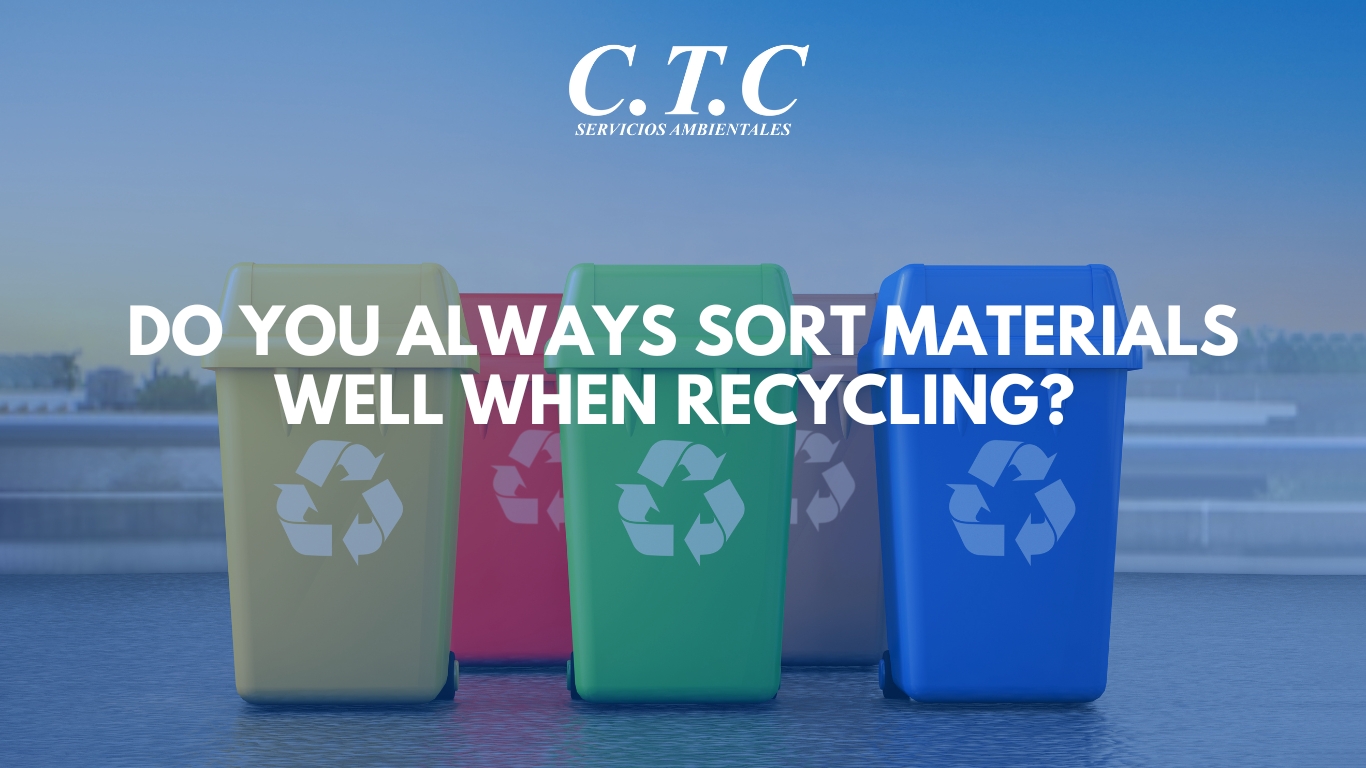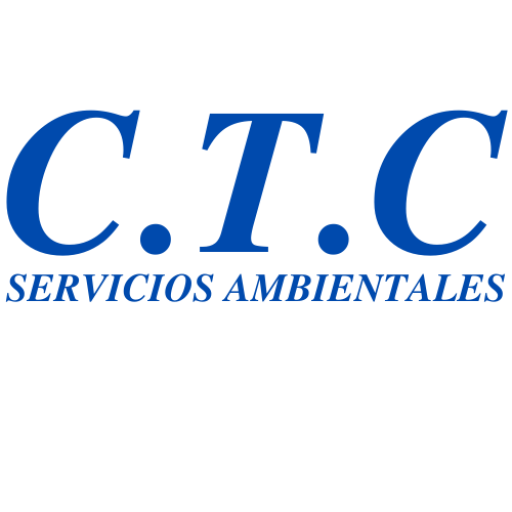In the world of recycling, we often believe that just because an item is made of a recyclable material such as paper, cardboard or plastic, it should automatically go into the appropriate bin. However, this is a common myth that can affect the effectiveness of the recycling process and contribute to contamination.
At C.T.C Environmental Services, we know that recycling is not as simple as it seems. Although a material such as cardboard or plastic may look recyclable to the naked eye, its cleanliness is what really determines whether it can be processed correctly. Recycling is not only based on the type of material, but also on its degree of contamination.
Why doesn’t all material go straight into the right bin?
The key to effective recycling is not only the type of material, but also whether that material is clean or contaminated. A pizza carton, for example, although made of cardboard, cannot be recycled in the same way if it is stained with grease or food leftovers. The same is true for plastics containing food or drink residues. If these materials are dirty, they can contaminate the entire recycling batch, preventing recyclable materials from being reused efficiently.
Here are some common examples of this confusion:
- Pizza carton: If it’s clean, it goes in the blue bin (paper and cardboard). If it has grease or food waste on it, it should go in the brown bin (organic).
- Plastic packaging: A plastic container, although recyclable, can only be processed if it is empty and clean. If it has food or drink residues, it should be disposed of properly to avoid contaminating other recyclable materials.
- Aluminium cans: Although aluminium is fully recyclable, if the can has food or drink residues, it must be cleaned before recycling. Otherwise, we contaminate the process and reduce the quality of the recycled material.
The importance of paying attention to cleanliness
Effective recycling is not just a matter of sorting materials by type. It is essential to check for contamination. Dirty materials can ruin the recycling process because contaminants, such as grease, food waste or liquids, make it difficult to reuse the material and can cause other recyclable materials to become contaminated as well.
In addition, when not cleaned properly, recycling ends up being less efficient and, in some cases, contaminated materials end up in landfills instead of being processed and reused.
How to separate correctly?
The basic rule is simple: check if the material is clean before recycling. If it is stained or has food residues on it, do not put it in the recyclable bin.
Instead, place it in the appropriate container according to the type of waste (organic, other waste, etc.).
At C.T.C Servicios Ambientales, we always advise you to check each type of waste before disposing of it. Although it may seem that a container is recyclable, the presence of waste can change the whole process and result in ineffective recycling.
Conclusion: Recycling is about more than appearance
It is important to understand that, in recycling, not everything that looks recyclable really is, if it is not in the right condition. The key to an effective recycling process lies in the correct sorting and cleaning of waste.
Not only are we contributing to the care of the environment, but we are also ensuring that recyclable materials are used efficiently.
Remember that at C.T.C Servicios Ambientales, we are committed to education and awareness of proper waste management. If we all take small steps like making sure materials are clean before recycling, we can make a big impact on the future of our planet!
Want to know more about how to improve your recycling process?
For more information, recycling and sustainability tips, follow us on our LinkedIn and Facebook accounts.
Or you can also email us 📧 hola@ctcservicios.com or call us 📞 662 17 67 65 / 955 631 428.
We are here to help you!


